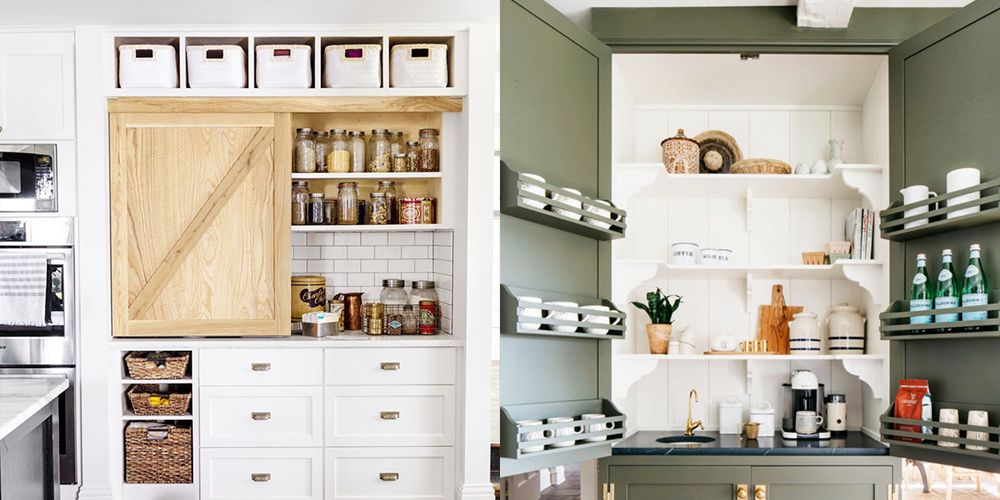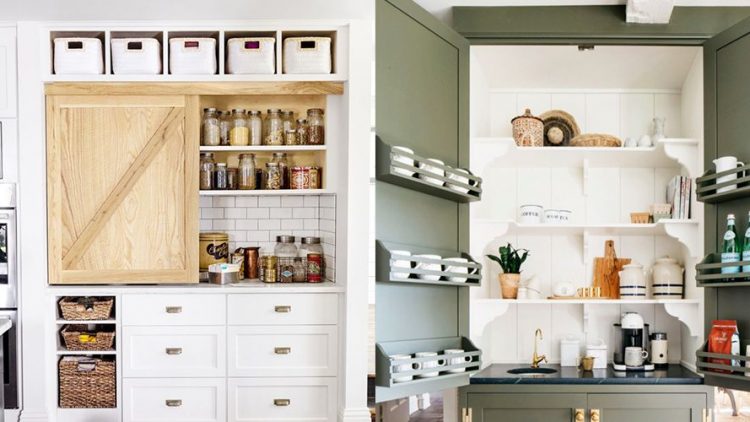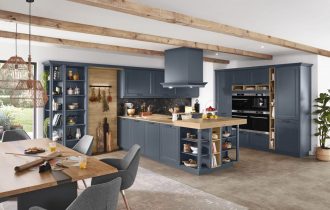The Art of Kitchen Organization: Tips for a Clutter-Free Space

Introduction: A well-organized kitchen not only enhances efficiency but also creates a pleasant and stress-free cooking environment. With the right strategies and utilization of modern technology, you can transform your kitchen into a clutter-free space where everything has its place. In this article, we will explore practical tips for kitchen organization, incorporating real-life examples and inspirational quotes from notable figures. Let’s delve into the art of kitchen organization and discover how to create a harmonious and functional space.
I. Streamlined Storage Solutions: Maximizing Space Efficient storage solutions are crucial for a clutter-free kitchen. Utilize every inch of space by incorporating innovative storage options such as pull-out cabinets, drawer dividers, and hanging racks. Consider installing vertical shelving or utilizing the back of cabinet doors for additional storage. As organization expert Marie Kondo wisely stated, “The objective of cleaning is not just to clean, but to feel happiness living within that environment.” Embrace the philosophy of maximizing space and find joy in a well-organized kitchen.
II. Categorization and Zone Planning: Easy Access and Efficiency Organizing your kitchen based on zones and categories ensures easy access to items and improves efficiency. Group similar items together, such as storing baking supplies in one area and cooking utensils in another. Create designated zones for food preparation, cooking, and cleanup to streamline your workflow. As chef and TV personality Julia Child once said, “Organization is the key to success in the kitchen.” Embrace organization and experience a more enjoyable cooking process.
III. Smart Technology Integration: Simplifying Kitchen Tasks Incorporating modern technology can simplify kitchen tasks and contribute to a clutter-free space. Consider installing smart appliances, such as a refrigerator with inventory management systems or a voice-controlled assistant for hands-free control of lights and appliances. Use recipe apps or digital assistants to easily access cooking instructions and ingredient lists. As entrepreneur Elon Musk once said, “Technology is just a tool. In terms of getting the kids working together and motivating them, the teacher is the most important.” Let technology be your kitchen assistant and enjoy a more efficient and organized cooking experience.
IV. Decluttering and Minimalism: Less is More Embracing a minimalist approach and decluttering your kitchen is essential for maintaining an organized space. Regularly assess your kitchen items and donate or discard anything that is no longer useful or brings you joy. Simplify your utensil collection, eliminate duplicates, and keep only the essentials. As designer Dieter Rams famously said, “Less but better.” Embrace minimalism in your kitchen and create a serene and clutter-free environment.
V. Labeling and Visual Systems: Efficient Retrieval Labels and visual systems are valuable tools for keeping your kitchen organized. Use clear containers and label them to easily identify ingredients, spices, or leftovers. Utilize transparent bins for storing items, making it easier to see and access them. Incorporate visual cues, such as color-coded cutting boards or drawer dividers, to maintain order and facilitate efficient retrieval. As chef and author Alton Brown once stated, “Organization is what you do before you do something so that when you do it, it’s not all mixed up.” Invest time in labeling and visual systems to ensure an organized and hassle-free kitchen.
Conclusion: An organized kitchen is the heart of a functional and enjoyable cooking experience. By implementing streamlined storage solutions, categorization and zone planning, integrating smart technology, embracing minimalism, and utilizing labeling and visual systems, you can achieve a clutter-free kitchen that promotes efficiency and harmony. As chef and writer Michael Pollan once said, “The shared meal elevates eating from a mechanical process of fueling the body to a ritual of family and community, from the mere animal biology to an act of culture.” Create a space where culinary delights thrive and cherished moments are shared through the art of kitchen organization.


